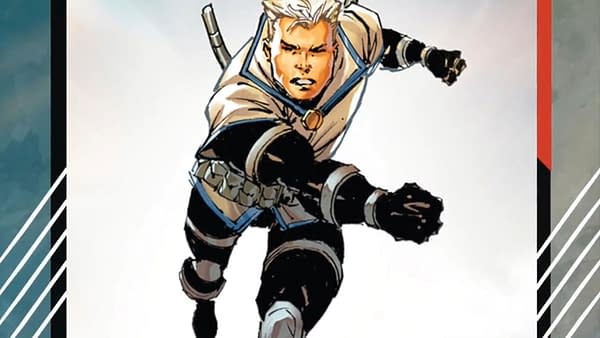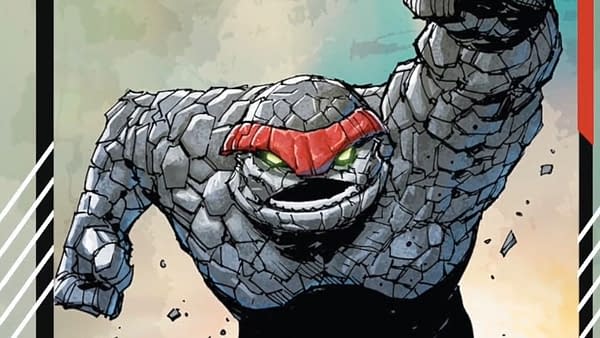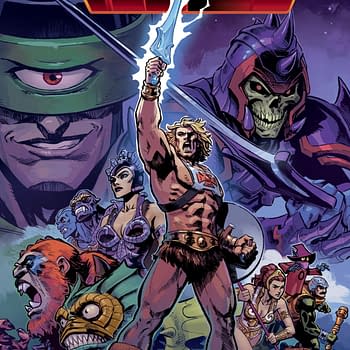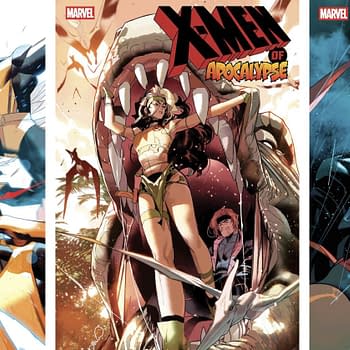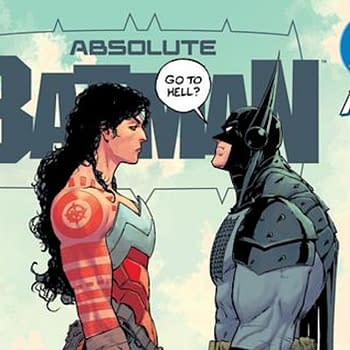Posted in: Comics | Tagged: defiants, maker's place, nft, rob liefeld
Rob Liefeld Changes Mind Again Over Launching Superheroes Via NFT
Back in April last year, Image Comics founder and Deadpool and Cable co-creator Rob Liefeld announced that he had been planning to alunch a new superhero team, via NFT. But that he had changed his mind. After we noted that The Defiants suggested Rob Liefeld's version of Guardians Of The Galaxy, he posted;
Too much unknown. Environmental concerns. Market concerns. There were a bunch of spin off pieces, additional "tokens" highlighting each character. All these bold new characters will meet you a little later on down the road. Colors by the brilliant Jay David Ramos
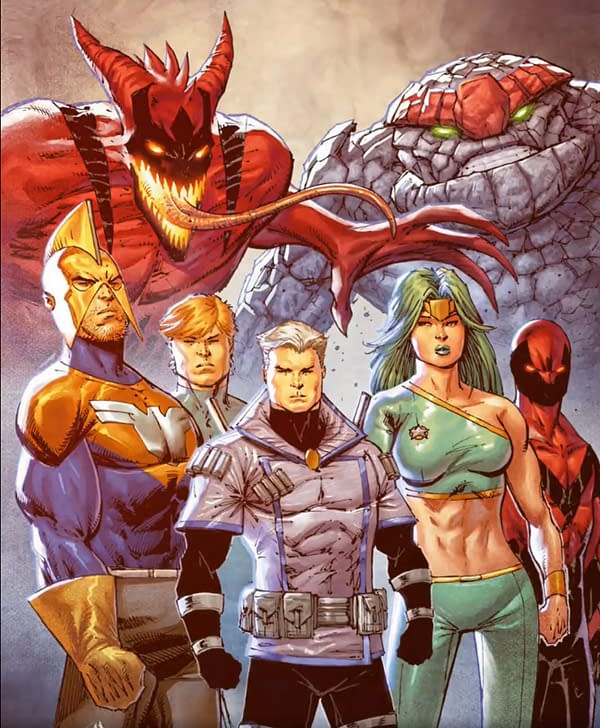
Well, it appears that he has changed his mind back again, and environmental and market concerns no longer concern him. In a week;s time NFTs for The Defiants will drop on Makers' Place.
Rob Liefeld is quoted in the Hollywood Reporter as saying "Since I was first tasked with creating all-new worlds and legacies for Marvel Comics, I have desired to use publishing platforms to push the distribution of fresh concepts and characters. Now, three decades later, in conjunction with MakersPlace, I'm utilizing the platform of NFTs to launch a new world filled with exciting new faces and legacies. The Defiants is an offbeat concept featuring the wildest characters I've ever created, I'm thrilled to share their world in the realm of NFTs" and that this is the first of four titles he intends to launch this way.
For those late to the party, NFT or non-fungible tokens are unique digital records of ownership of anything, including digital files, verified by blockchain technology. There are major concerns with the current NFT marketplace. .To make an NFT, you have to "mint it"- register it on the blockchain, which takes energy and costs money, from $40 to $1000, depending. That registration can then be sold on. Creating and maintaining the ownership and registration of NFT artwork uses somewhere between weeks, months, years, and even decades of a First World user's average citizen's energy consumption, depending on the work.
Ethereum, the digital currency used for NFT, uses a protocol to determine their value called "proof of work", through computer "mining". Initially, a background process that could run on a laptop, the proof of work gets harder to match the increase in mining which has led to enormous banks of computers being set up in cheap energy territories in air-conditioned shipping containers, all competing with each other. And in total, using more energy than Argentina.
NFT artwork also recreates the worst aspects of the physical art market as standard for the digital art market, regarding them primarily tokens of monetary worth, attracting high roller money laundering and tax evasion, as well as not respecting the copyright of the actual originators of the artwork being NFT'd.
But for a number of creators, it has become a way to sell digital original art in the same manner that they sell physical original artwork to collectors. And for Rob Liefeld it is another way, to reach a new audience. After all his old audience are still waiting for him to get back to them about that Brigade Kickstarter…


